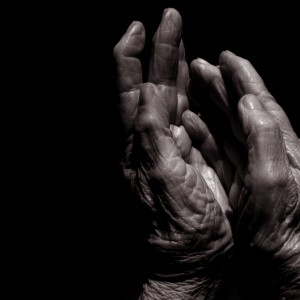 In a recent study entitled “Fibromyalgia and Nondipper Circadian Blood Pressure Variability” a research team reports that female fibromyalgia patients are a risk group for “non-dipping blood pressure,” a phenomenon associated with an increased risk of cardiovascular disorders. The study was published in the Journal of Clinical Rheumatology.
In a recent study entitled “Fibromyalgia and Nondipper Circadian Blood Pressure Variability” a research team reports that female fibromyalgia patients are a risk group for “non-dipping blood pressure,” a phenomenon associated with an increased risk of cardiovascular disorders. The study was published in the Journal of Clinical Rheumatology.
Fibromyalgia (FM) is a rheumatologic disorder characterized by chronic widespread pain accompanied by other symptoms, including fatigue and sleep perturbations, and is estimated to affect approximately 3 to 5% of the general population, according to the The American Fibromyalgia Syndrome Association (AFSA). These symptoms suggest FM patients may suffer from perturbations in their autonomic nervous system, leading to disturbances in processes controlled by the circadian rhythm, such as sleep and heart rate.
Notably, blood pressure is one of these processes. At night, blood pressure is known to decrease by more than 10% of its daytime values, a process known as “dipping pattern.” Patients where this dipping is absent are carriers of a “nondipping pattern” and an aberrant circadian rhythm, and are therefore thought to suffer from a malfunctioning autonomic nervous system, such as in FM patients.
A research team from Gazi University Medical School in Ankara, Turkey investigated whether newly diagnosed FM patients presented a nondipping BP pattern. The authors screened 130 women who were screened for exclusion parameters including high blood pressure, diabetes, cardiovascular disease, infections or acute inflammatory conditions. By the end of the screening process, 67 FM women patients were admitted to participate in the study, together with 38 healthy controls.
Participants were monitored for a 24-hour ambulatory BP period and defined as “dippers” and “non dippers” according to their blood pressure decline — patients demonstrating a 10% decrease in nocturnal BP values were classified as “dippers,” while those with a reduction of less than 10% were classified as “non dippers.”
The participants with FM were observed to be 3.68 times more at risk of becoming a systolic nondipper, and 2.69 times more to be a diastolic nondipper. Despite adjusting for other factors that could influence nondipping blood pressure, such as smoking, FM was still concluded to be a strong predictor of this phenomenon.
Based on this study’s findings, the team recommends that FM patients’ blood pressures be monitored and observed for nondipping patterns, and for physicians to include cardiovascular precautions in their interventions in FM patients.

